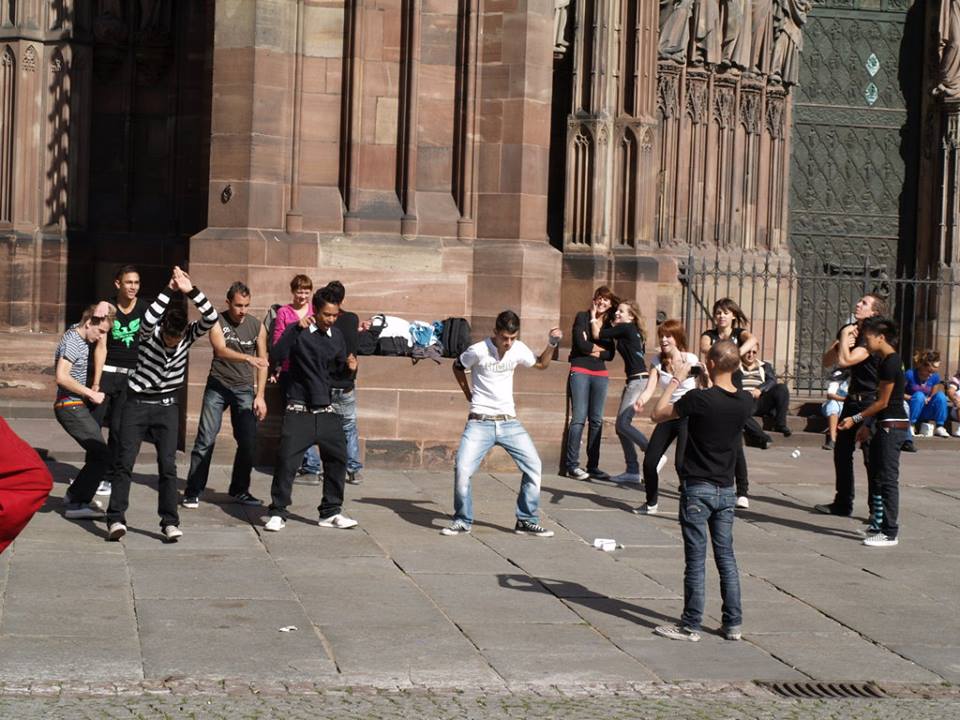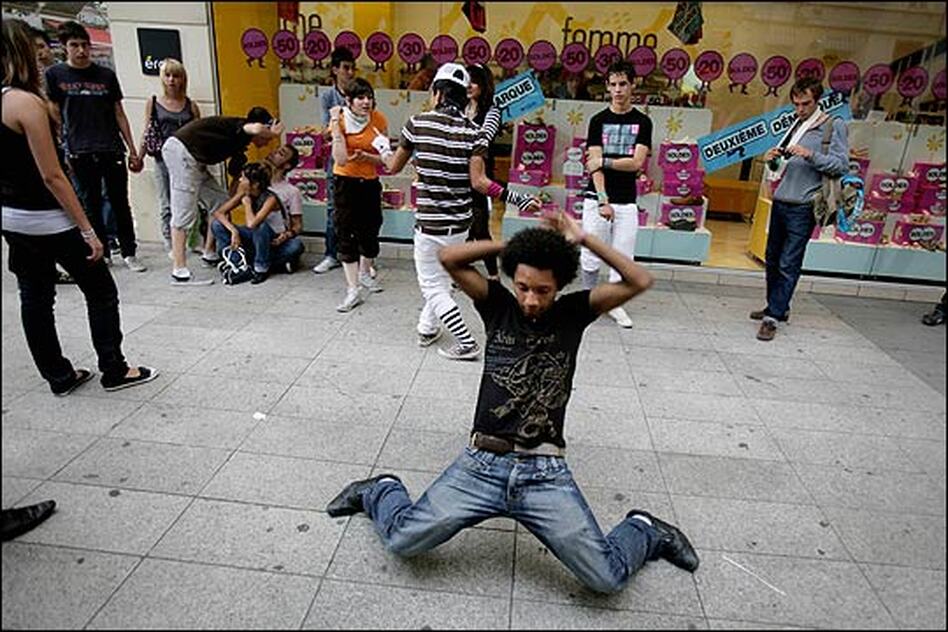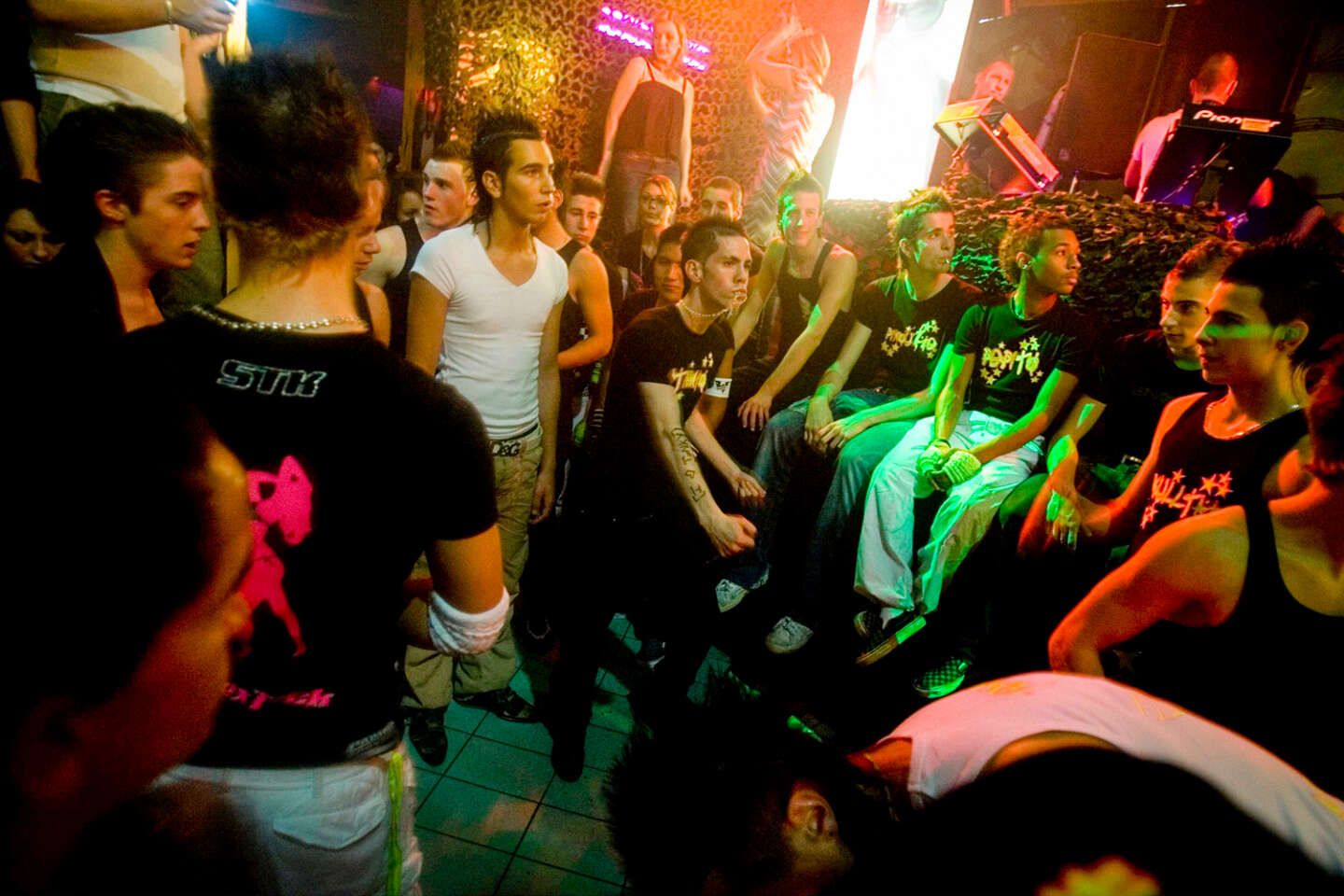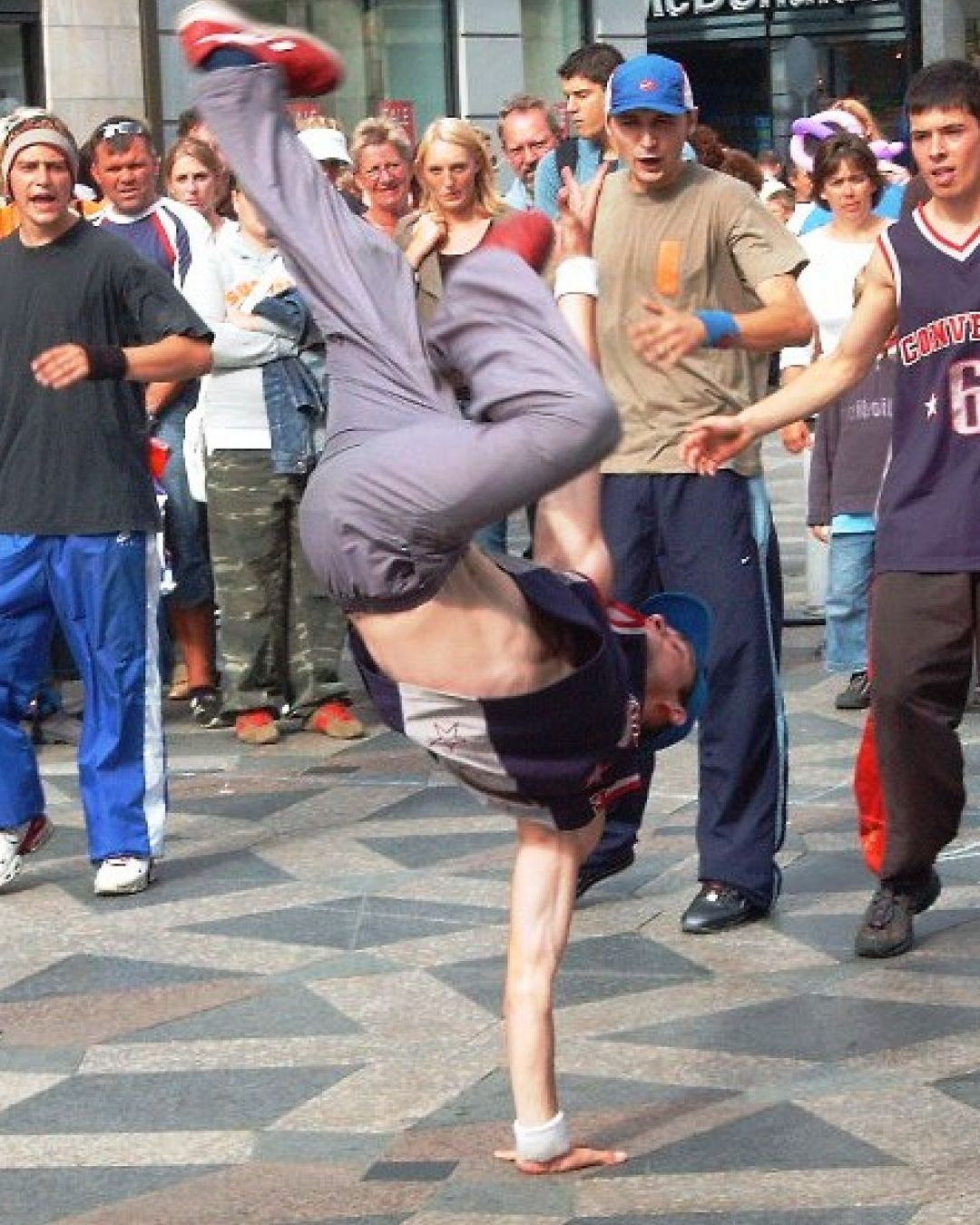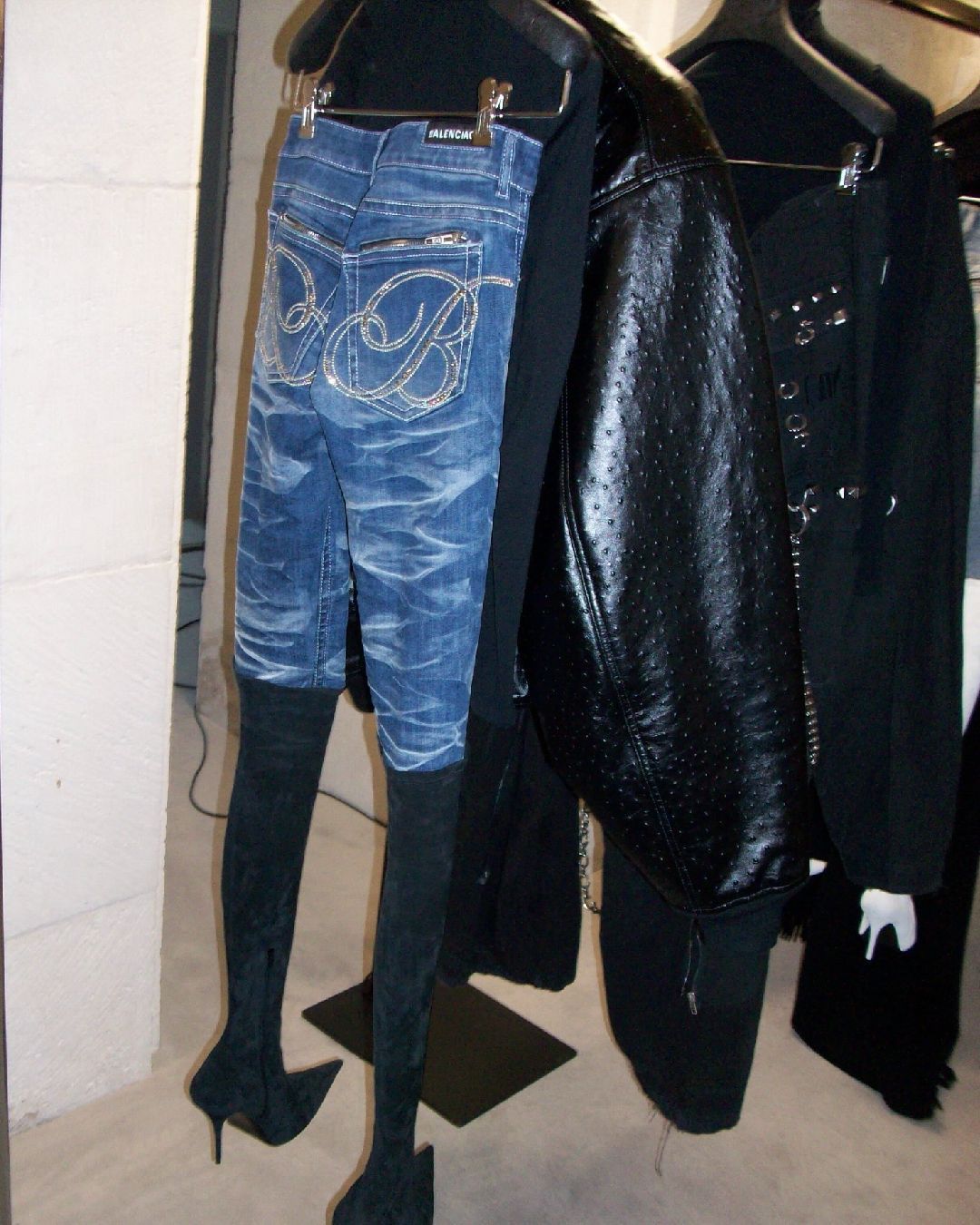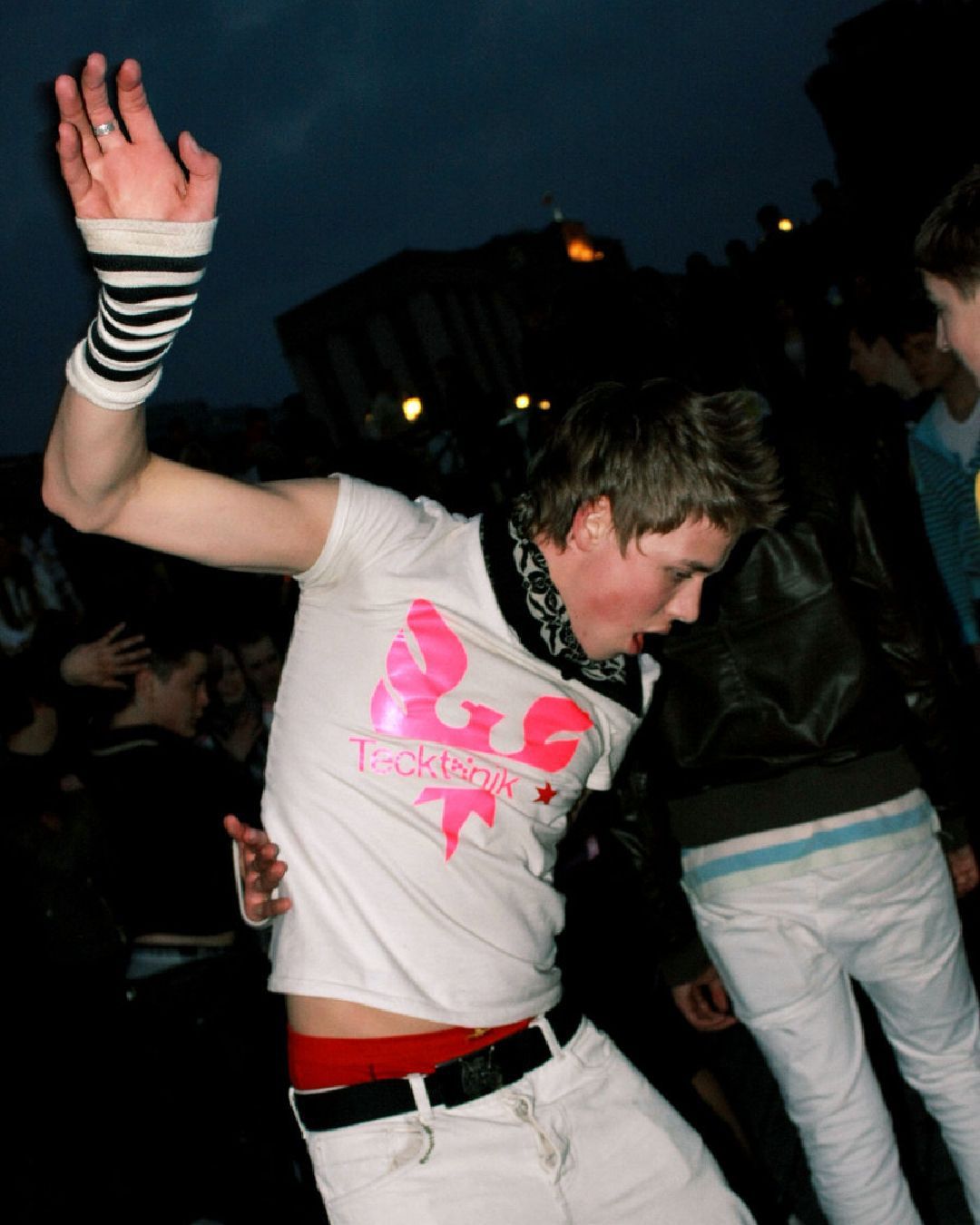
The history of Tecktonik A dance Made in France
Across the Atlantic, there was krumping and breakdancing, while in France we had Tecktonik. There's no doubt that this style of dance is deeply rooted in French popular culture. It all began in the early 2000s, a period when teenagers were sporting flip-flops, spiky hairdos, skin-tight trousers, studded belts and fluorescent gloves.
Here's the history of this cultural phenomenon, starting with its true origins.
The Metropolis Club
At the beginning of the 2000s, traditional French dancing was mainly limited to Can Can, a style ill-suited to nightclubbing. The origins of Tecktonik can be traced back to Alexandre Barouzdin and his partner Cyril Blanc. After studying international business, Barouzdin moved to London, where he immersed himself in the events sector, particularly nightlife, at a time when house and techno DJs were still considered underground. Back in Paris, Barouzin and Blanc began organising parties for young Parisians. The Metropolis club, an underground warehouse in the Paris suburbs of 91, became the ideal cradle for the movement. It wasn't long before the revolution spread to the city centre, influencing clubs such as La Loco (the forerunner of the Machine du Moulin Rouge), Mix Club and Red Light in Montparnasse.
The two nightlife enthusiasts set out to breathe new life into a city lacking its own dance style. With the intoxicating rhythms of Belgian jumpstyle and the hardstyle elements of the Dutch scene, they gave birth to Tecktonik, a name inspired by the tectonic plates that clash, creating telluric shocks. Evenings at Metropolis, such as Blackout, Electro Rocker and Tecktonik Killer, were a popular success, attracting mainly young people from the suburbs and thus preserving its underground status. With the advent of the internet, the dance and its distinctive style began to captivate a wider audience. In the days before social media, YouTube and Dailymotion reigned supreme. Videos of young people performing Tecktonik quickly spread, arousing the curiosity of the teenagers of the banlieue. These videos went viral, propelling the movement into music videos such as À cause des garçons by French singer Yelle. In September 2007, the Techno Parade, orchestrated by former Culture Minister Jack Lang, put the spotlight on this burgeoning trend, preceding the TF1 Group's intervention as cultural ambassador to promote the movement internationally. The movement took to the streets of Paris, dancers gathered for battles, and spin-off products were born, rapidly transforming this once underground movement into a French export.
Much more than just a dance
Describing the dance style is not so easy. Tecktonik is the result of a dynamic fusion of various electro styles, notably Vertigo and Milkyway. Each style has made its own distinct contribution, reflecting the diversity of movement seen in hip-hop culture, where popping and locking coexist harmoniously. This contemporary electro dance is characterised by a fusion of movements that are sometimes described as 'violent', performed to the beat of tech house and electro music, creating a powerful and electrifying experience. Also inspired by voguing and hip-hop, Tecktonik has developed a grammar of basic movements that are applied to a groovy, clubbing aesthetic. Tecktonik dancers are remarkably agile, displaying rapid, synchronised hand movements, at times reminiscent of voguing, while their legs move dynamically, frequently gliding and changing direction in harmony with the fast rhythms. The dance, although initially perceived as potentially spasmodic and disorganised by the uninitiated, is articulated with precision when combined with the music, becoming a form of athletic exercise.
The attitude of the dancers plays a crucial role, marked by smiling faces and nonchalant ease. The music dictates the movements, while maintaining rhythm and robotic precision remain of paramount importance. As Tecktonik has rapidly become an essential part of French youth culture, it has also become associated with a distinctive fashion. The mullet cut, bright colours, tight-fitting clothes and sleeveless shirts are all characteristic elements that define the Tecktonik movement. Despite its initial success as an underground subculture, Tecktonik eventually buckled under the pressure of rapid success and international recognition, putting an end to its ephemeral brilliance.
The result of overexposure
The veneration of the Tecktonik movement mainly stems from its underground nature, deeply rooted in subculture. Its media coverage, attracting both attention and occasional ridicule, has been a key factor. Backed by the TF1 group, the founders eventually licensed the brand, developing partnerships and launching a range of products proudly bearing the franchise's eagle emblem. From energy drinks to bags and t-shirts, the commercial success was dazzling. The opening of a shop in Paris generated impressive queues. However, despite the financial influx, the movement's popularity began to wane. The intense media coverage exposed what was hidden in the underground nightclubs, and the proliferation of derivative products gradually relegated the dance itself to the background.
Tecktonik gradually evolved from a cultural movement bringing young people together around an original concept into a real business. According to Murielle Lellouch, a close friend of the founders and manager of the flagship Parisian shop, «The mass-market aspect stifled the fundamental essence». Dedicated parties ceased, groups meeting at the Trocadéro for battles disappeared, and the movement faded away. Despite this, Tecktonik remains synonymous with French subculture. Those who took part in dance events in the early 2000s recall with emotion the days when France was the cradle of an innovative dance movement. Even today, after a few drinks, loyal Frenchmen (not to say us) proudly display their Tecktonik dance moves, perpetuating its legacy in collective memory.










































